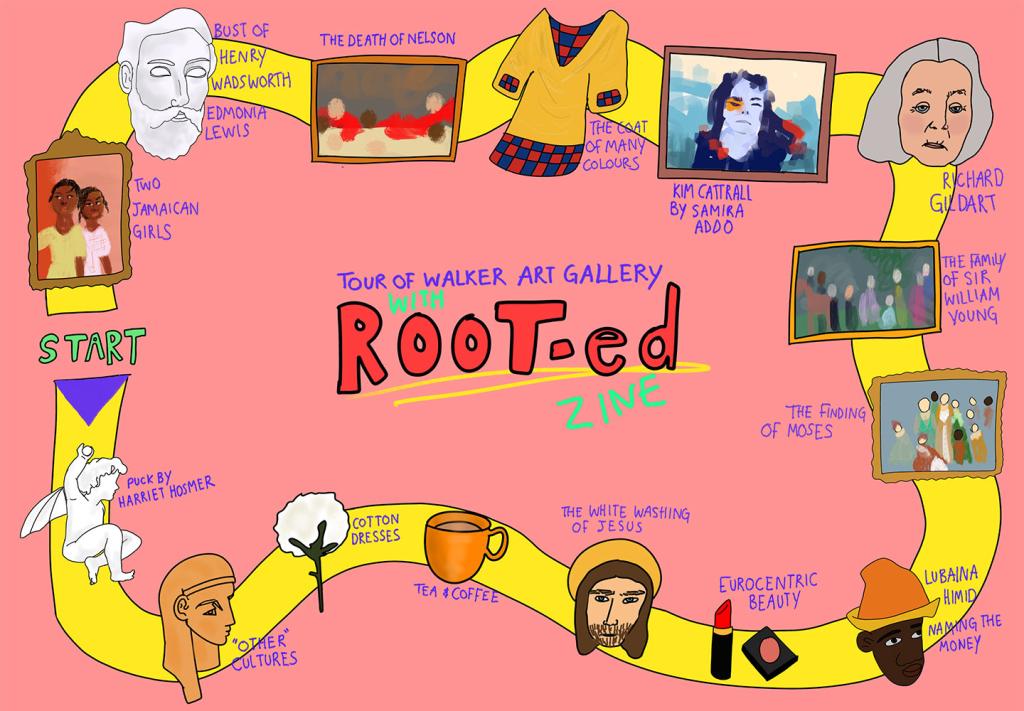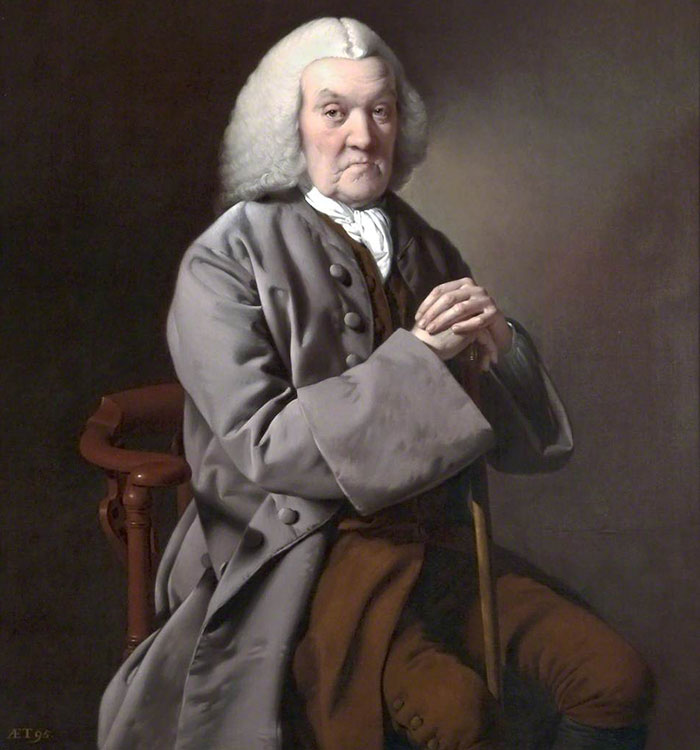Black Lives Matter at the Walker Art Gallery

The Walker Art Gallery opened its doors yesterday for the first time in over one hundred days. A lot has happened since lockdown began in March. COVID-19 brought life as we knew it to a standstill and we have all had to adapt, first to the challenges of lockdown, and now to a new socially-distanced world. Many of us will have lost loved ones too soon.
Against this backdrop, footage relating to the death of George Floyd in America spread through social media and news channels. The unnecessary loss of any life is heart breaking, but in the context of a global pandemic, it perhaps resonated more deeply. The protests that followed across the globe demanded justice for George Floyd, and for all the others who have needlessly lost their lives. In doing so, they have drawn attention to the deep-rooted racism within society and the impact this has on the day-to-day lives of the Black community.
These issues are not new, but for too long, too many have looked the other way. Recent events have inspired many to be part of making the change needed in our society to create a better, more equitable future. Now is the time for action.
Visitors returning to the Walker this week will be delighted to return to our familiar surroundings and see our world-class collection of fine art, but they will also see changes. We have displayed prominently a statement in support of the Black Lives Matter movement, making clear our commitment to the role we know we must play in combatting racism, social injustice and discrimination. Museums are not neutral. The history we tell in our displays is only one side of a shared history, and we are committed to changing this. We are increasing our efforts to address the silences and mistruths in our collections, displays and exhibitions.
Liverpool is a city built with the wealth generated by transatlantic slavery. Our sister museum, the International Slavery Museum, explores this aspect of the city’s history in more detail and places it in an international context, importantly focusing not just on the European side of this history, but the lives, experiences and resistance of the African people enslaved. Their displays and work also consider the legacies of transatlantic slavery, and actively engages with contemporary human rights issues. Addressing ignorance and challenging intolerance, the museum highlights the importance of slavery in both a historical and contemporary context.
The Walker and its collection have a role to play in telling this history too. Previous exhibitions, including our 2017-18 exhibition ‘Lubaina Himid: Meticulous Observations and Naming the Money’, research projects and collaborations, such as last year’s tour and trail of the Walker by ROOT-ed, as well as publications, have gone some way in addressing the collection’s relationship to slavery in the past. We are now taking steps to ensure this history is embedded more visibly across our displays, permanently, and are committed to being transparent and accountable about our progress.
We have begun to do this in several ways. Firstly, we have displayed additional interpretation for one of the portraits in our collection, Joseph Wright of Derby’s (1734-1797) picture of Richard Gildart (1671-1770), one of Liverpool’s most prominent slavers during the 18th century. Our interpretation for this painting was already transparent about Gildart’s role in the transatlantic slave trade but we are now providing additional information about the extent of Gildart’s involvement and we are inviting visitors to share with us their thoughts on the picture and its place within the Gallery.

The portrait has, to date, been kept on display owing to the importance of the artist and the quality of the painting itself. Wright was one of the leading artists of his day and this celebrated portrait demonstrates his ability to capture the physical likeness of a person and their character.
Today, we are asking our visitors whether the portrait still belongs on the walls of the Walker? Does its display help us tell and understand the history of slavery? Or does it continue to honour someone who committed crimes against humanity? In light of recent international events and the toppling of the statue of another slaver, Edward Colston (1636-1721), in Bristol, we want to know what our visitors think. We have kept the portrait on display for now to be transparent with visitors and begin this conversation.
Additionally, drawing on work undertaken by the Centre for the Study of the Legacies of British Slave-ownership at University College London, we are currently researching links between our collection and the 178 individuals from Liverpool who have been identified as ‘owners’ of enslaved people in the 18th and 19th centuries. Already we are identifying new direct links to our collection and we will be sharing this new research via the blog soon and reviewing our interpretation for those works.
Importantly, the Walker’s collection also tells us about the history of Black communities in Europe from the Medieval and Renaissance period to the present day. Our Medieval, Renaissance and Baroque galleries are currently closed for refurbishment. The importance of centering Black history in these new displays has always been understood but has been underlined further by recent events. We are also looking carefully at how we can more prominently highlight Black history throughout the rest of the Gallery, and hope to launch a new audio guide later this year as part of this work. We are also looking forward to sharing details of a new project, developed over the last 18 months, which aims to build on our recent work to grow our collection and address its blind spots.
We will be providing updates on our progress via this blog, and in the meantime invite people to contact us via BlackLivesMatter@liverpoolmuseums.org.uk with suggestions and feedback. We know we don’t currently have answers to all of the questions being asked of us, but we will get there. Let us work together to become better allies.
